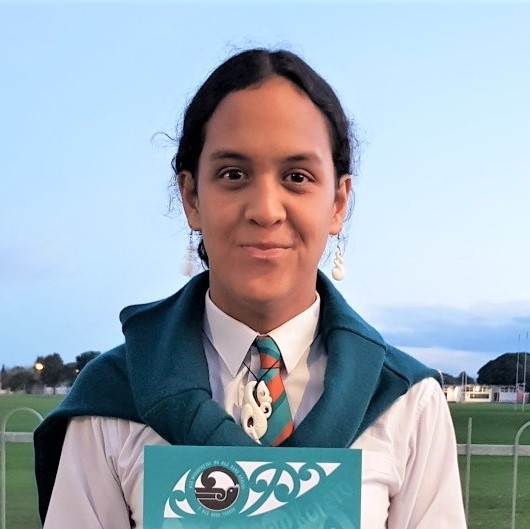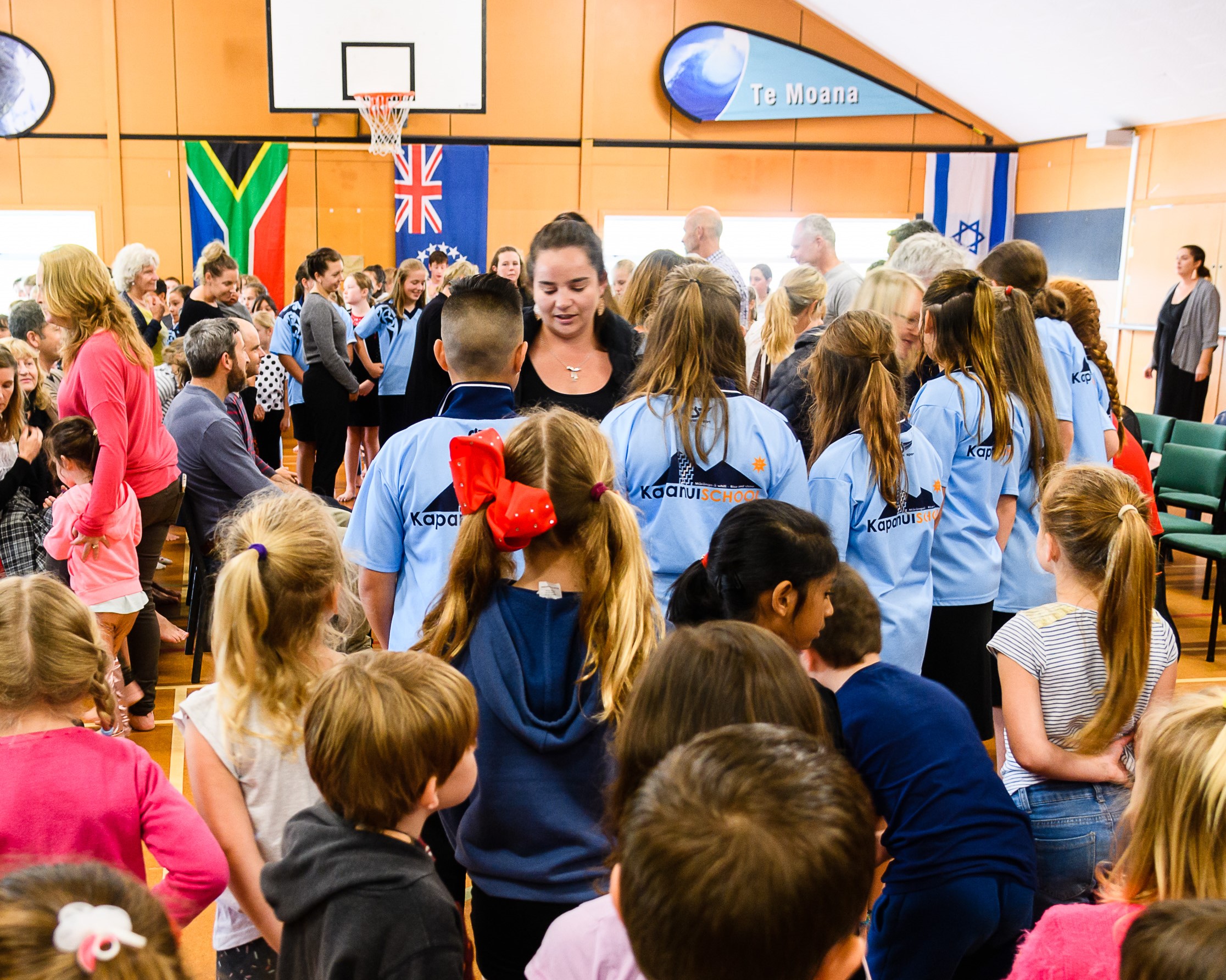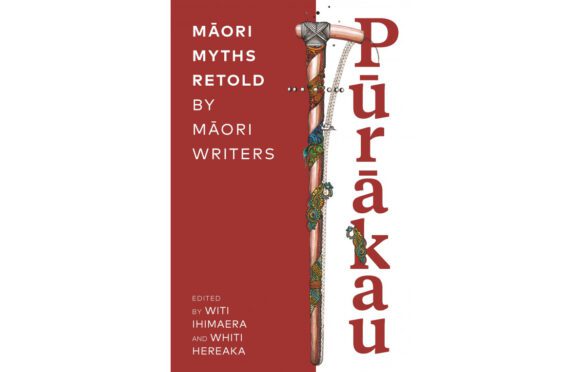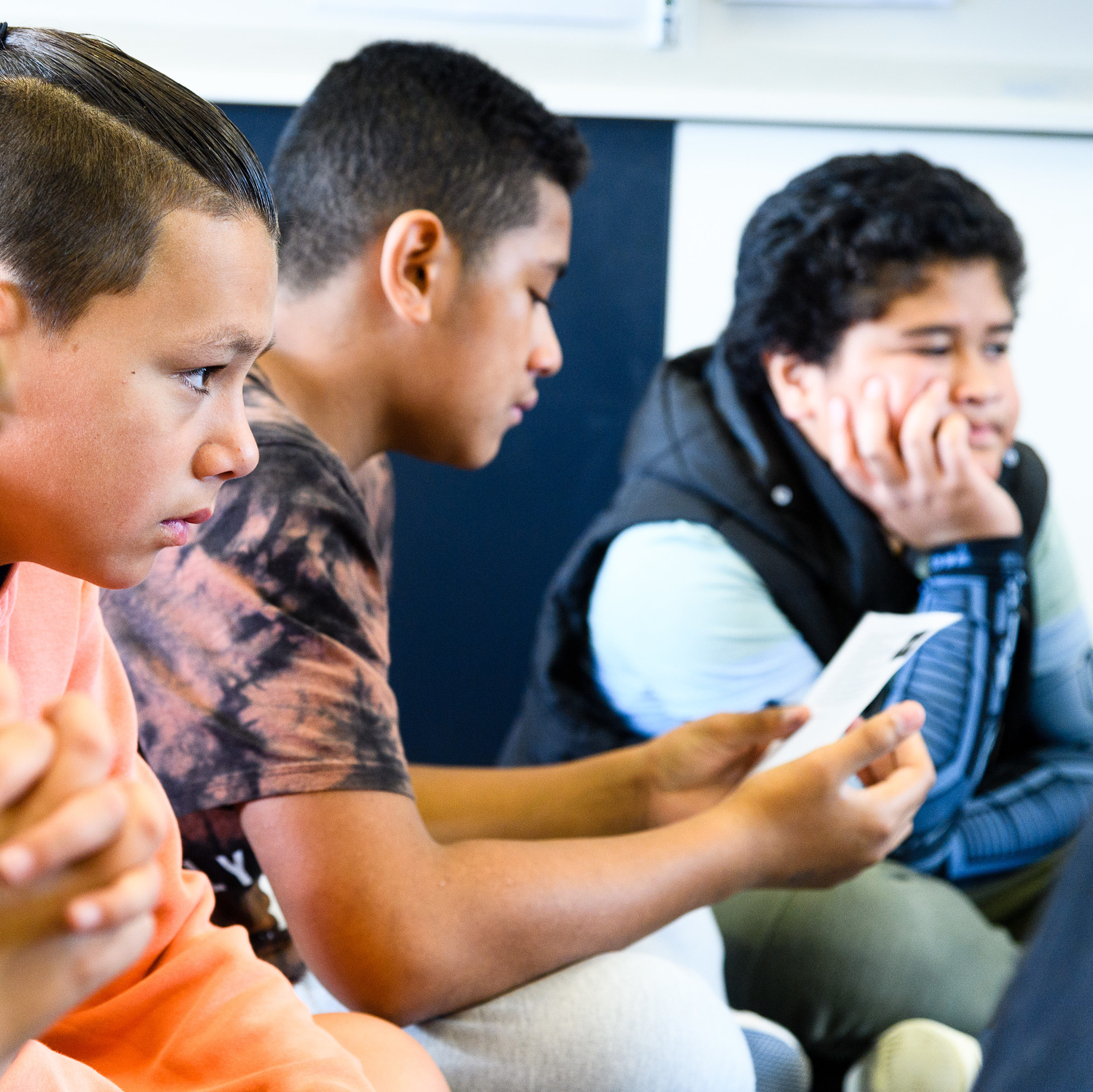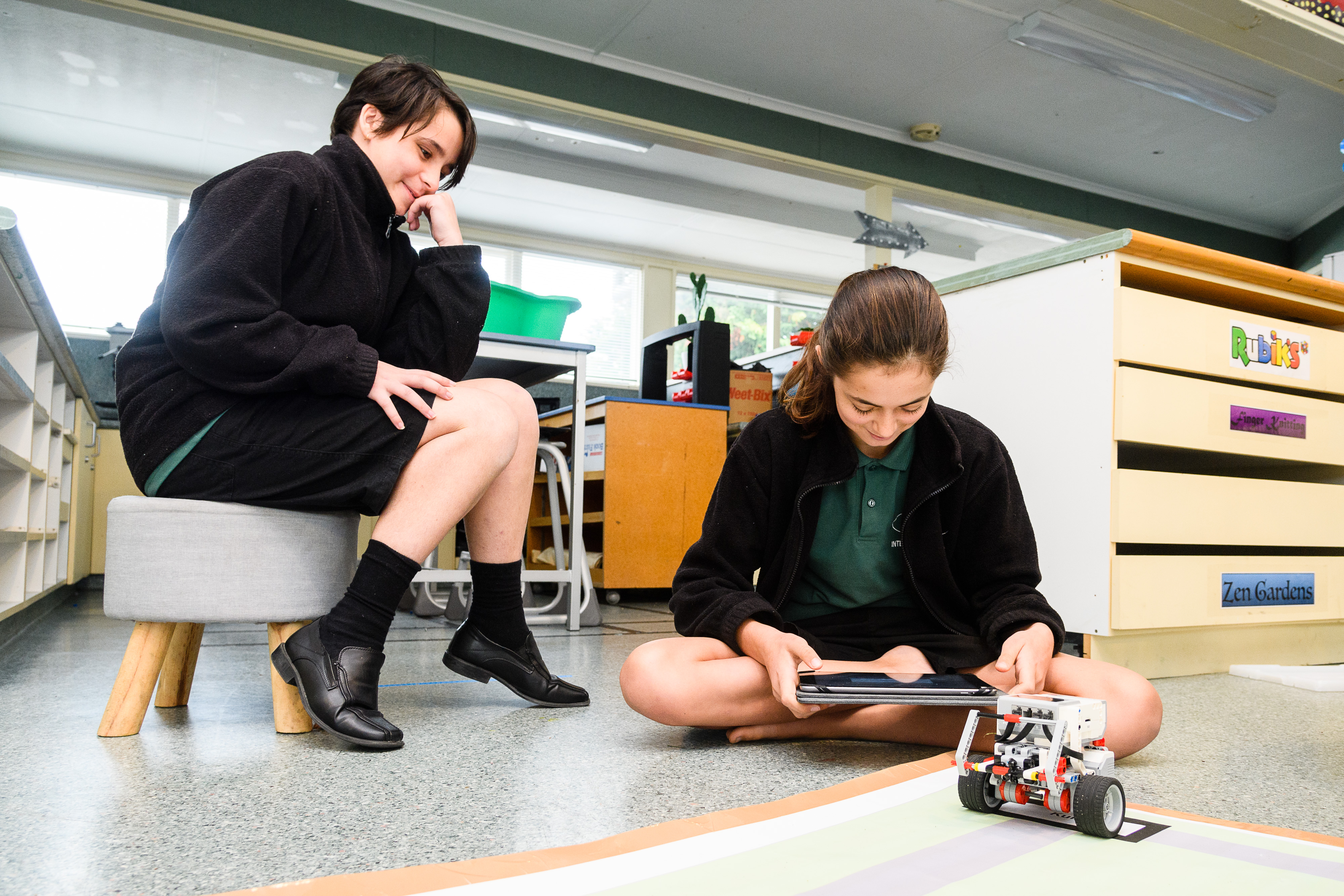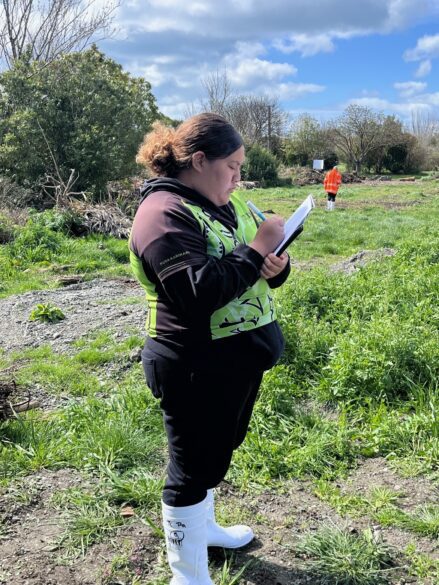
Charting indigenous futures
How can educators tautoko and empower young people to feel equipped to lead in the changing climate they will inherit? Researchers from the University of Canterbury and Ngāi Tahu have been working with rangatahi Māori and Pasifika in Ōtautahi to explore the ways ākonga view climate change. Ako finds out about the project.

